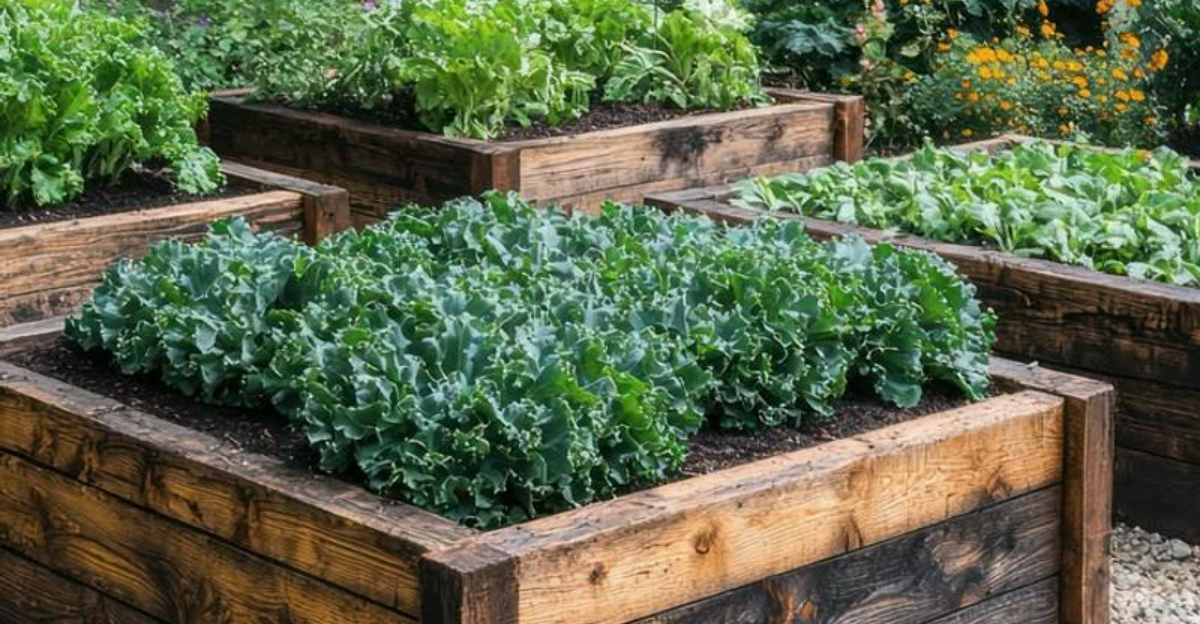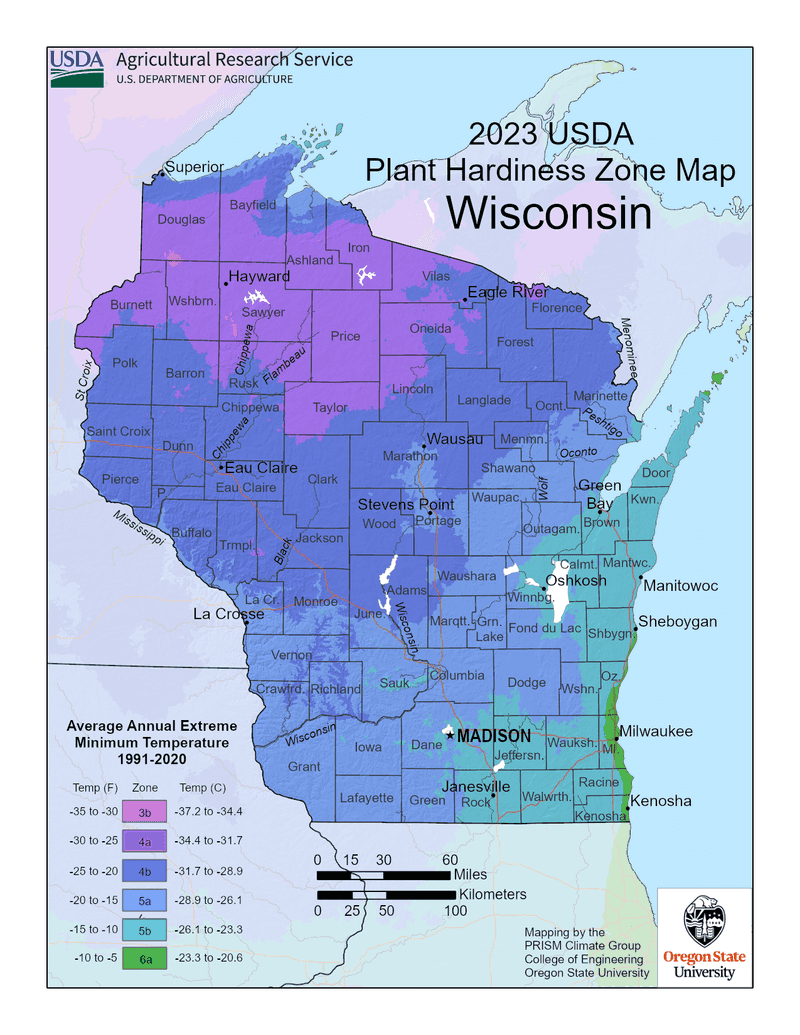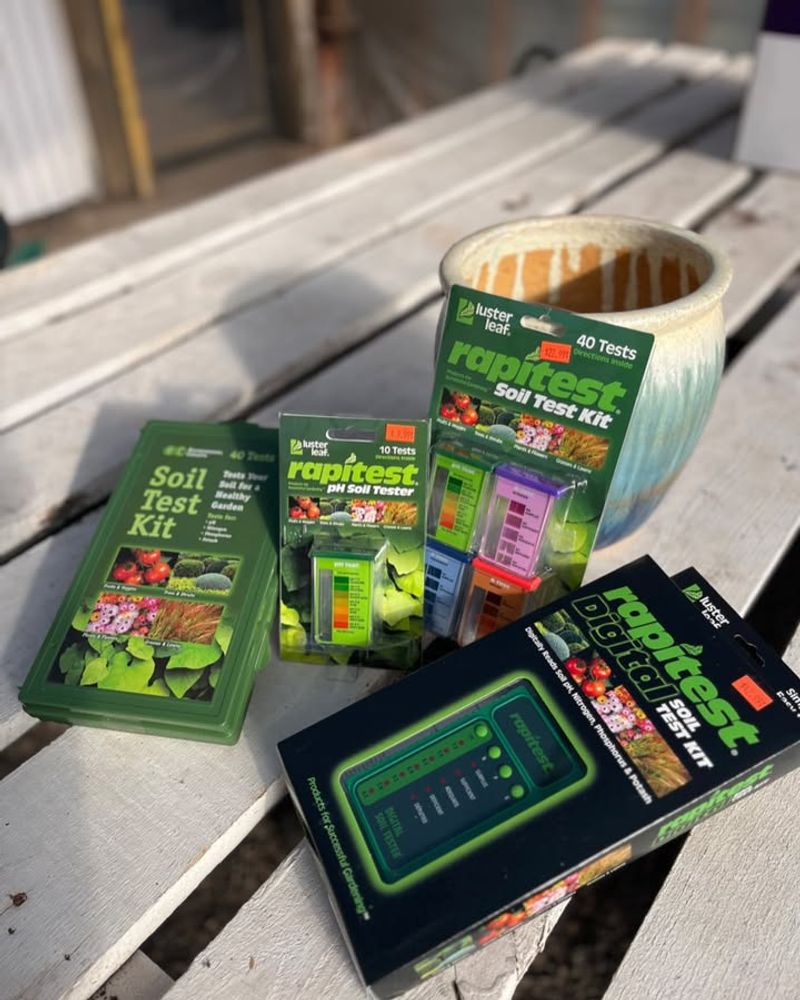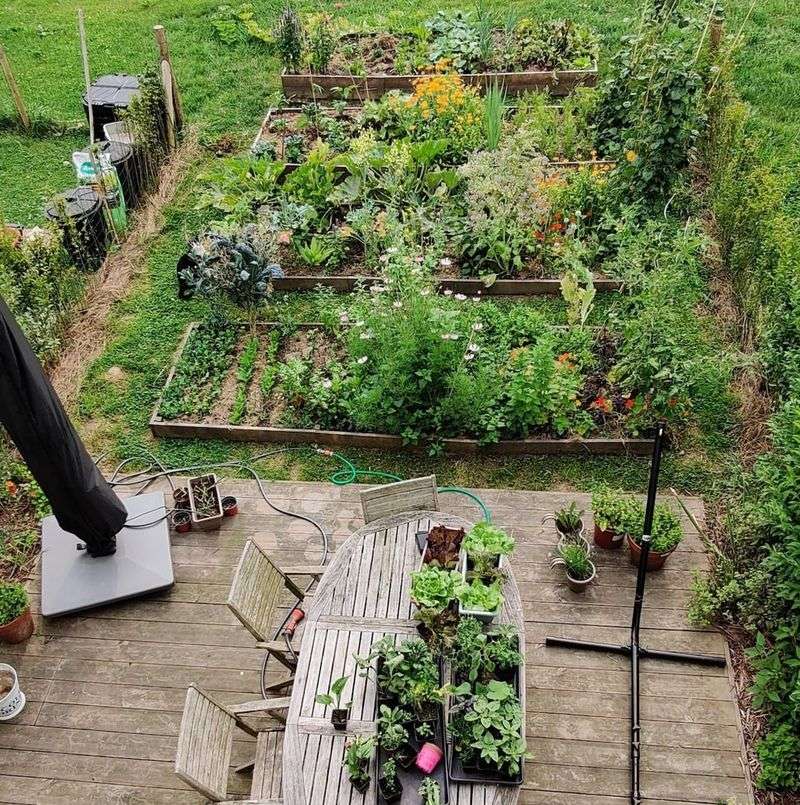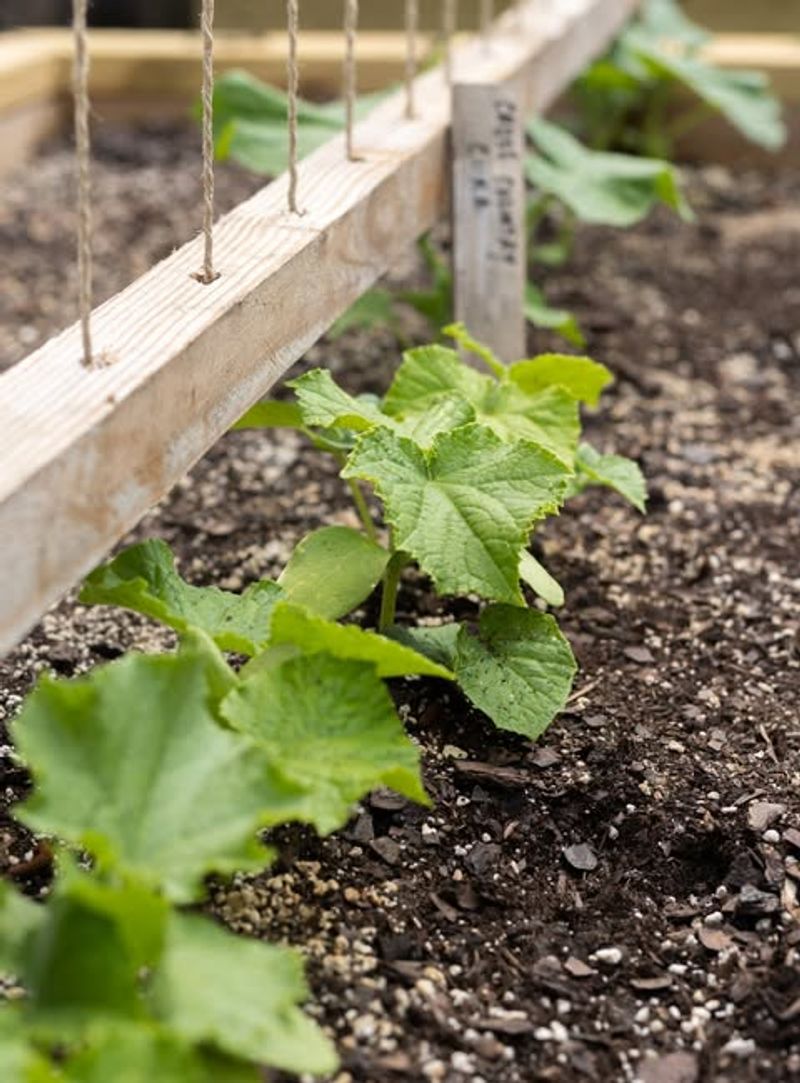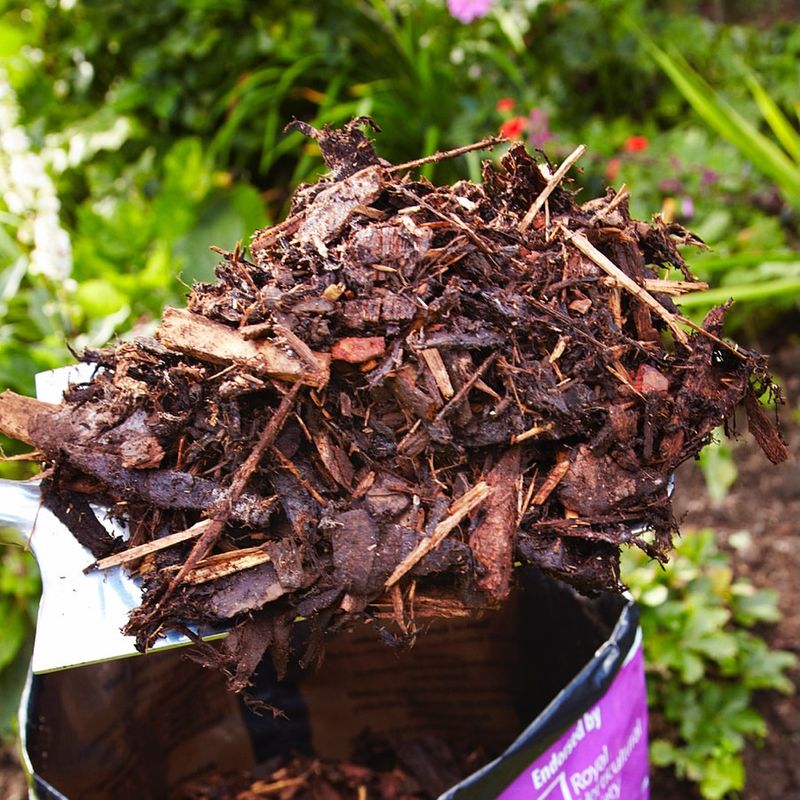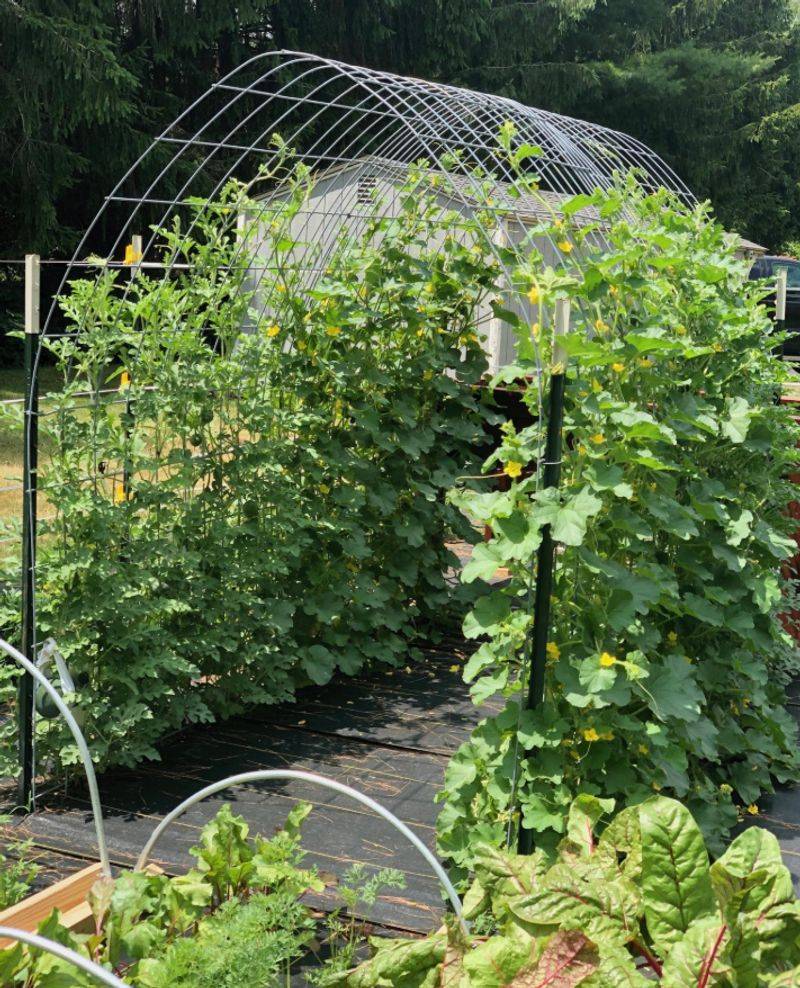Wisconsin’s growing season may feel short on the calendar, yet the gardeners who steal the show know the secret lies in thinking ahead.
While snowflakes swirl and the landscape slips into its winter hush, next year’s garden is already whispering for attention beneath the surface.
Those who sketch their beds now, dream up bold color palettes, and map out veggie rotations end up miles ahead once the thaw arrives.
Planning early turns spring chaos into smooth sailing, and every seed sown later feels like a gift from your past self—a silent nod that smart prep pays off in spades.
Understanding Your Growing Zone
Wisconsin spans zones 3 through 5, and understanding exactly where you fall is the first step toward choosing plants that can truly survive the winter.
Knowing your zone protects you from costly mistakes and ensures your plants are suited to the cold snaps that often catch beginners off guard.
Checking the USDA map now only takes a moment, yet it saves you from planting disappointments once spring rolls around again.
Soil Testing Saves Money
Your soil holds secrets about nutrients that may be missing or overloaded, and testing it early gives you months to make corrections.
A simple soil test reveals whether you need compost, lime, or other amendments, which prevents blindly guessing and overspending.
County extension offices offer affordable testing services that provide clear results tailored to healthier vegetables and flowers.
Fixing soil problems now leads to stronger plants and fewer headaches during the growing season.
Mapping Out Garden Beds
Sketching your garden layout during winter helps prevent overcrowding and ensures you rotate crops properly to avoid soil fatigue.
Drawing out your plans on paper turns planting day into a smooth, organized process instead of a rushed scramble.
Including measurements, sunlight patterns, and water sources helps you remember why each plant belongs in a specific spot once the thaw arrives.
A clear map also helps you avoid repeating mistakes from previous seasons.
Choosing Cold-Hardy Varieties
Not every tomato or pepper can handle Wisconsin’s unpredictable spring weather, so choosing cold-hardy varieties makes all the difference.
Short-season and cool-night cultivars consistently outperform their heat-loving counterparts in this region.
Browsing seed catalogs now gives you the widest selection before popular varieties sell out.
Focusing on days-to-maturity ensures you pick plants that fit perfectly into Wisconsin’s shorter growing window.
Planning Succession Planting
Planting everything at once leads to harvests that come in one overwhelming wave, leaving gaps in your kitchen later.
Succession planting staggers your crops every couple of weeks so you enjoy steady, manageable harvests all season.
Creating a simple planting calendar now helps you time lettuce, beans, radishes, and other quick crops with ease.
This strategy turns your garden into a continuous source of fresh food instead of a single burst.
Ordering Supplies Early
Wisconsin garden centers sell out quickly once spring fever hits, and waiting too long often leaves you without key essentials.
Buying compost, mulch, soil, and tools early prevents last-minute shortages and stressful shopping trips.
Off-season sales also mean lower prices, letting you stock up without straining your budget.
Having everything ready before the weather warms ensures you can start working outdoors the moment conditions are right.
Learning About Companion Planting
Some plants naturally support one another, while others compete or attract the same pests, making companion planting a valuable strategy.
Pairing compatible neighbors boosts growth, improves soil health, and reduces the need for chemical pest control.
Researching plant partnerships now helps you arrange your Wisconsin garden beds more strategically in spring.
This simple knowledge leads to healthier plants and better harvests with far less effort.
Setting Up A Garden Journal
Memories fade fast, and by next winter it’s easy to forget what worked beautifully and what flopped completely.
A garden journal becomes your personalized guide, capturing insights you can rely on year after year.
Recording planting dates, weather shifts, pest issues, and harvest results builds a resource more accurate than any online chart.
Keeping notes throughout the season helps you continually improve and tailor your Wisconsin garden to your local conditions.

